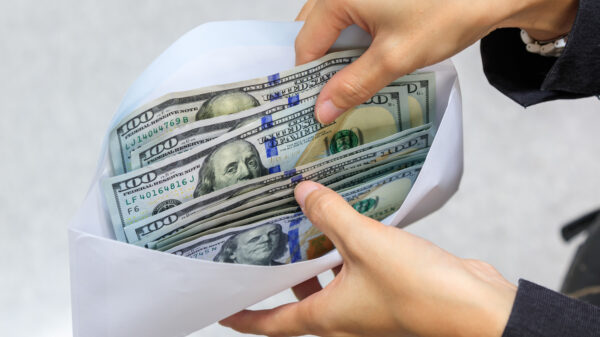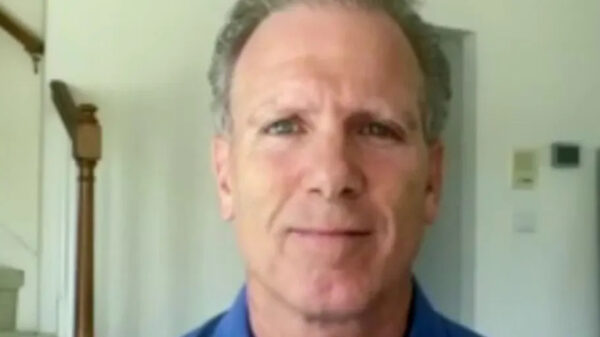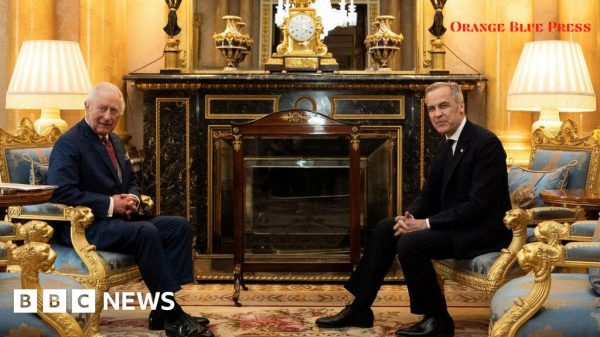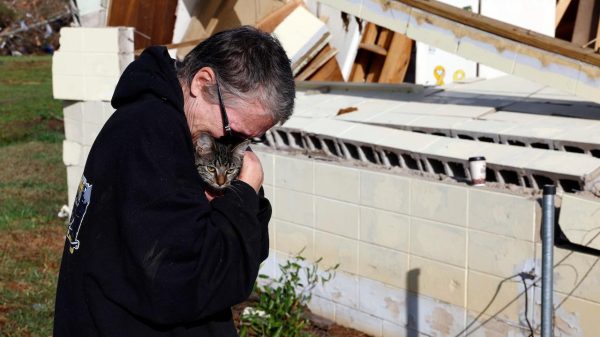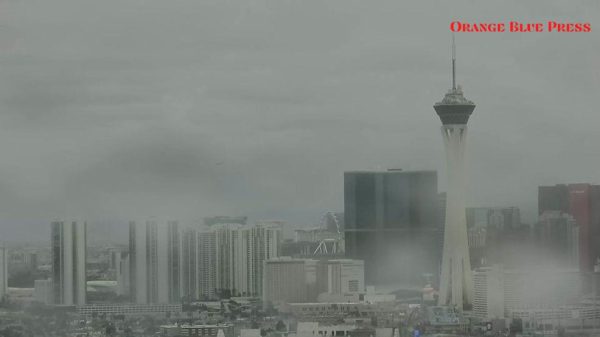February brought a slight uptick in retail sales, revealing that shoppers spent 0.2% more than in January. However, this growth was below what experts had expected. The numbers show that while some areas improved, not every part of the economy is thriving. Let’s dive into what these figures mean for the everyday shopper and what they point towards for the economy as a whole.
Consumers Spent at a Slower than Expected Pace in February
Despite the small increase in retail sales, it’s important to understand that this follows a more significant drop of 1.2% in January. This slow growth can make people wonder if consumers are feeling confident about spending their money. Factors like the cost of living and changing economic conditions can really affect how much people are willing to spend. In fact, online shopping helped increase sales by 2.4%, showing that many people are still buying from their couches rather than stores.
Retail Sales Increased 0.2% on the Month
The latest reports from the government show that while retail sales have nudged up, it wasn’t as much as people thought it would be, as they predicted a 0.6% increase. This 0.2% increase may seem small, but it does point towards a bit of optimism. When you consider that the data excludes cars, the increase was a bit better, at a 0.3% rise. This control group is important because it helps to measure how much people are spending on things other than cars, which can be a more stable indicator of consumer behavior.
The Sales Number is Adjusted for Seasonal Factors but Not for Inflation
It’s also key to note that the 0.2% increase accounts for the seasonal factors, meaning it considers shopping trends like holiday seasons. However, when looking at inflation, which measures how prices rise, the real value of those sales might not be as high as it appears. Year over year, sales did see a promising 3.1% increase, which is better than the current inflation rate of 2.8%. This means that, despite rising prices, consumers are still spending a bit more than before.
Insights from Various Sectors
Each sector of retail sales can tell a different story. For example, sales at health and personal care stores grew by 1.7%, while bars and restaurants saw a decline of 1.5%. This shows that while some areas are still doing well, others are struggling. The hospitality industry, which includes dining and entertainment, is facing challenges that might be affecting how much people are willing to spend when they go out.
In Other Economic News
In addition to the retail sales report, the New York Fed’s Empire State Manufacturing Survey showed a concerning reading of -20 for March, indicating that manufacturers are facing a tough time ahead, possibly affecting jobs and spending further down the road. As we look ahead, the Federal Reserve will be meeting soon, and many are curious if there will be any changes to interest rates. Currently, the market is not expecting any changes this month, but there is talk of a potential rate cut as early as May, based on economic conditions.
Conclusion
Overall, while the slight increase in retail sales is a good sign, it comes with a mix of worries about the broader economy, including inflation and consumer confidence. As shoppers, it’s always interesting to see how numbers like these can impact our shopping habits and the places we choose to spend our money.


